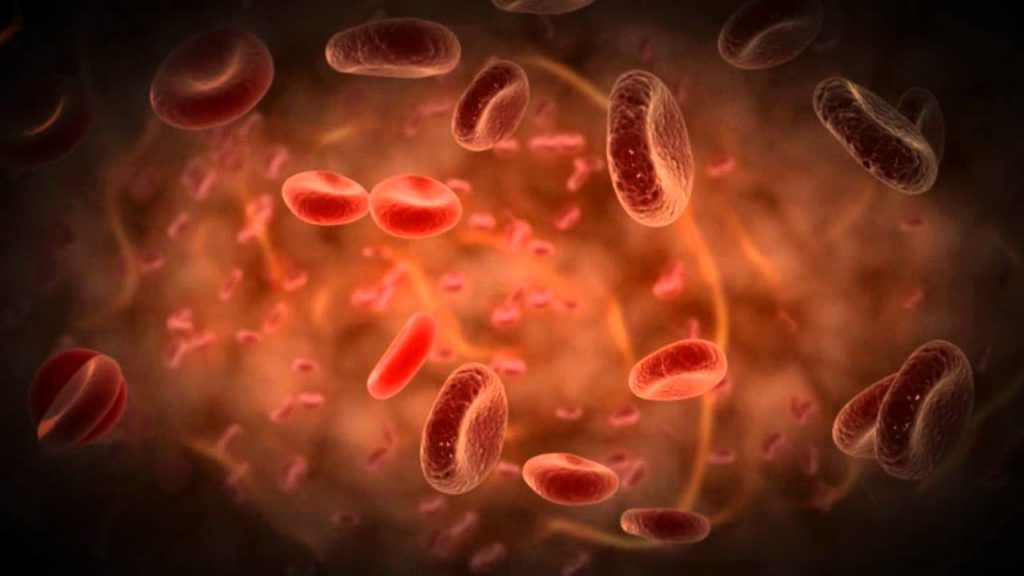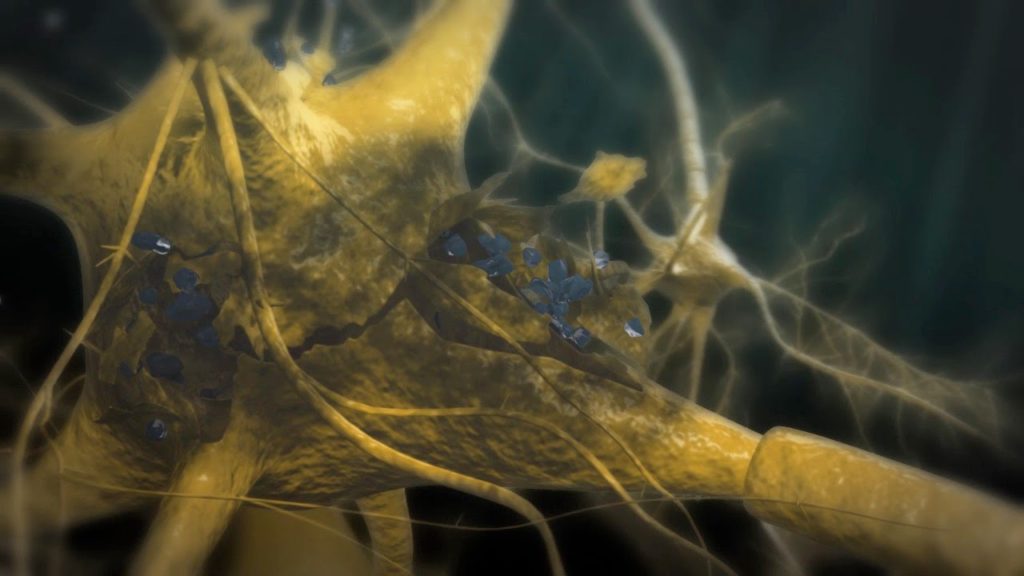
Researchers at the State University of Campinas (UNICAMP) in São Paulo, Brazil, have developed a sourdough bread formulation enriched with jabuticaba peel. This bread may serve as an alternative for individuals with diabetes and others who need to manage their blood sugar levels. The research findings and test results are published in the journal Foods.
The article highlights that bread’s high carbohydrate content can significantly increase blood sugar levels, risking hyperglycemia. As a result, there is a growing demand for healthier bread options. Artisanal bakers are responding by diversifying their products with recipes that offer added nutritional value and utilize fermentation methods that promote a milder glycemic response.
According to the article’s data, adding jabuticaba peel flour increased the bread’s fibre content by more than 50%. It raised its antioxidant capacity by between 1.35 times and 3.53 times, depending on the proportion of jabuticaba peel flour added to the formulation. This supplementation increased nutrients’ bioavailability and enhanced the final product’s nutritional composition.
The researchers conducted a crossover trial to assess the glycemic peak (the highest blood sugar level reached) after consumption of regular bread made by the long fermentation method (which tends to induce a lower glycemic peak) and consumption a week later of bread containing jabuticaba peel flour. Blood sugar peaked 30 minutes after ingesting the regular bread without jabuticaba peel flour, remaining high for another 15 minutes and then trending down. In the case of the bread supplemented with jabuticaba peel flour, the peak was lower, occurring 45 minutes after ingestion, and blood sugar fell slowly for two and a quarter hours.
Metabolism
Blood sugar rises after ingestion of bread and other carbohydrate-rich foods. Digestion releases glucose, telling the pancreas to secrete insulin, which induces a return to prior blood sugar levels. Flaws in this process lead to health problems, and it is essential to observe the extent to which blood sugar spikes in response to eating.
“If we can lower the spikes in sugar and insulin levels that occur after meals, we reduce the likelihood of developing diabetes and metabolic syndrome. For individuals already experiencing hyperglycemia, managing these post-meal spikes can decrease the risk of heart disease. Additionally, this approach can help extend the lifespan of insulin-producing cells,” said Bruno Geloneze.
The thesis supervisor, who formed the basis for the article, noted that the main challenge in producing the bread for the trials was effectively deploying the technology while preserving its nutritional and functional value. Jabuticaba peel flour has unique sensory characteristics, and its inclusion needs to be evaluated carefully.”
“Jabuticaba peel flour has particular sensory characteristics, and its inclusion had to be evaluated concerning both the technological characteristics of breadmaking and the processing and conservation of the bioactive compounds involved,” she said.
Conservation is relevant because the improvement in blood sugar control and insulin response is associated with the phenolic compounds in jabuticaba peel, such as anthocyanins, which account for the fruit’s dark purple colour. Therefore, it is essential to avoid their “loss” during processing.
Another important finding relates to satiety. The participants felt fuller 60 minutes after eating the bread with jabuticaba peel flour than after they ate the control bread. The authors of the article note that satiety is generally found to improve when blood sugar returns to baseline more slowly, as it does with foods with a low glycemic index.
Antioxidant capacity was monitored for three hours after the bread was consumed. After the bread with jabuticaba peel flour was consumed, the neutralization of free radicals increased significantly and lasted longer.
“This improvement in antioxidant capacity is important because the development of metabolic disorders, cardiovascular disease and cancer, and the ageing process, involve protein oxidation mechanisms in the body. The antioxidant capacity of a food can be beneficial in all these mechanisms,” Geloneze said.
Another significant finding was the extension of shelf life to seven days, which, according to the researchers, showed that the bacteria in jabuticaba peel and metabolites formed during the fermentation process can act as natural preservatives in long-fermentation products, inhibiting the growth of pathogenic microorganisms.
Jabuticaba
The article notes that researchers have focused in recent years on the inclusion of ingredients with high biological value in food products, especially agroindustrial byproducts, given the large quantities produced, their nutraceutical potential, and the environmental impact associated with their disposal.
Consumption of jabuticaba (Plinia jaboticaba) and other red and purple berries is known to help prevent or delay the emergence of non-transmissible chronic diseases. “Jabuticaba peel contains phenolic compounds and fibres that have been shown in several studies to contribute to the control of blood sugar and cholesterol,” Maróstica said.
The juice of this berry has also been shown to reduce insulin resistance and increase the production of GLP-1. This hormone helps regulate digestion, satiety and glycemia (as emulated by medications such as semaglutide and liraglutide).
The results of all this research are promising, and the group comprising scientists from UNICAMP’s medical and food engineering schools continue to investigate the fruit’s bioactive compounds. They are now conducting in vivo trials with animal models to find out whether and how these compounds can combat depression and help prevent colorectal cancer.


